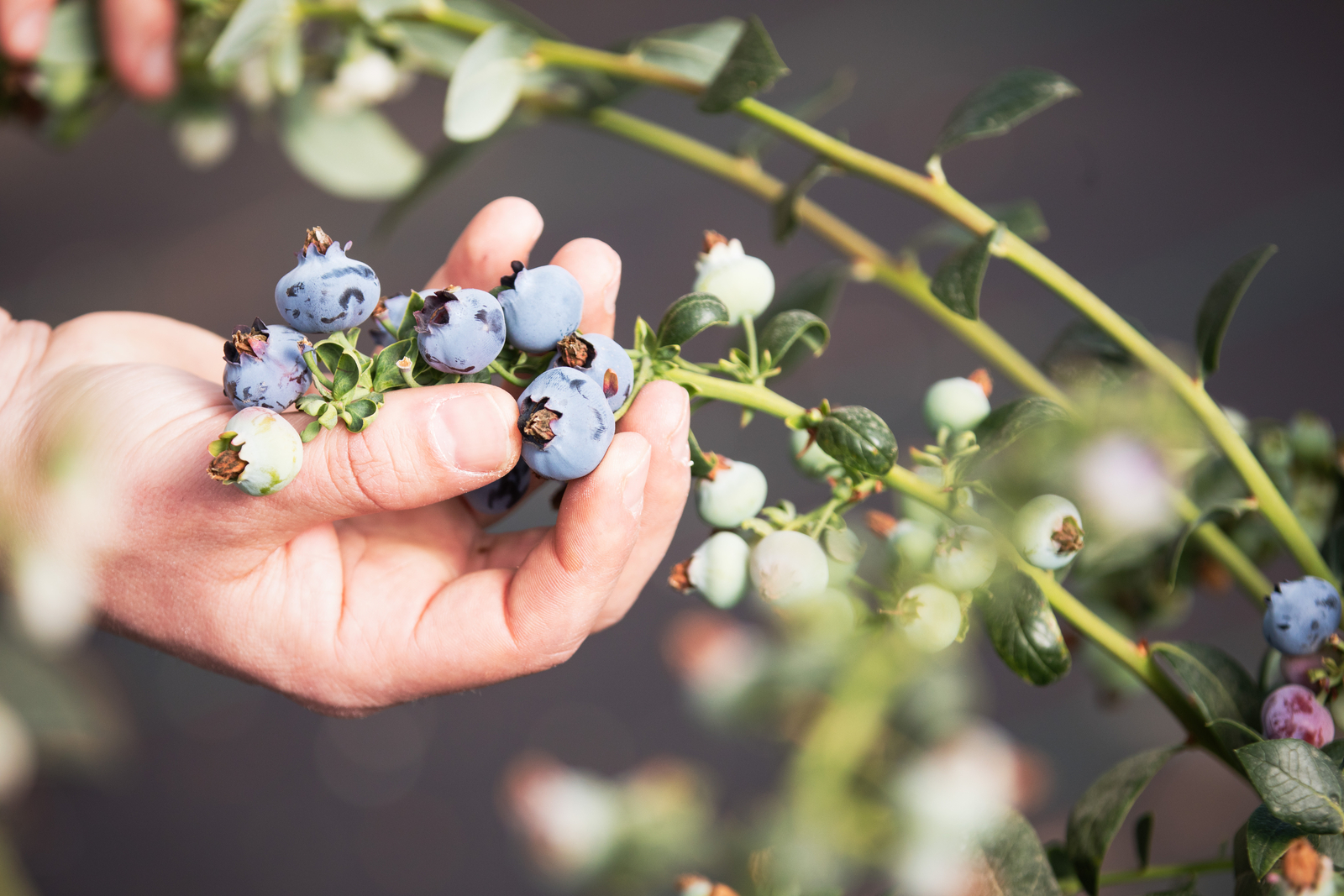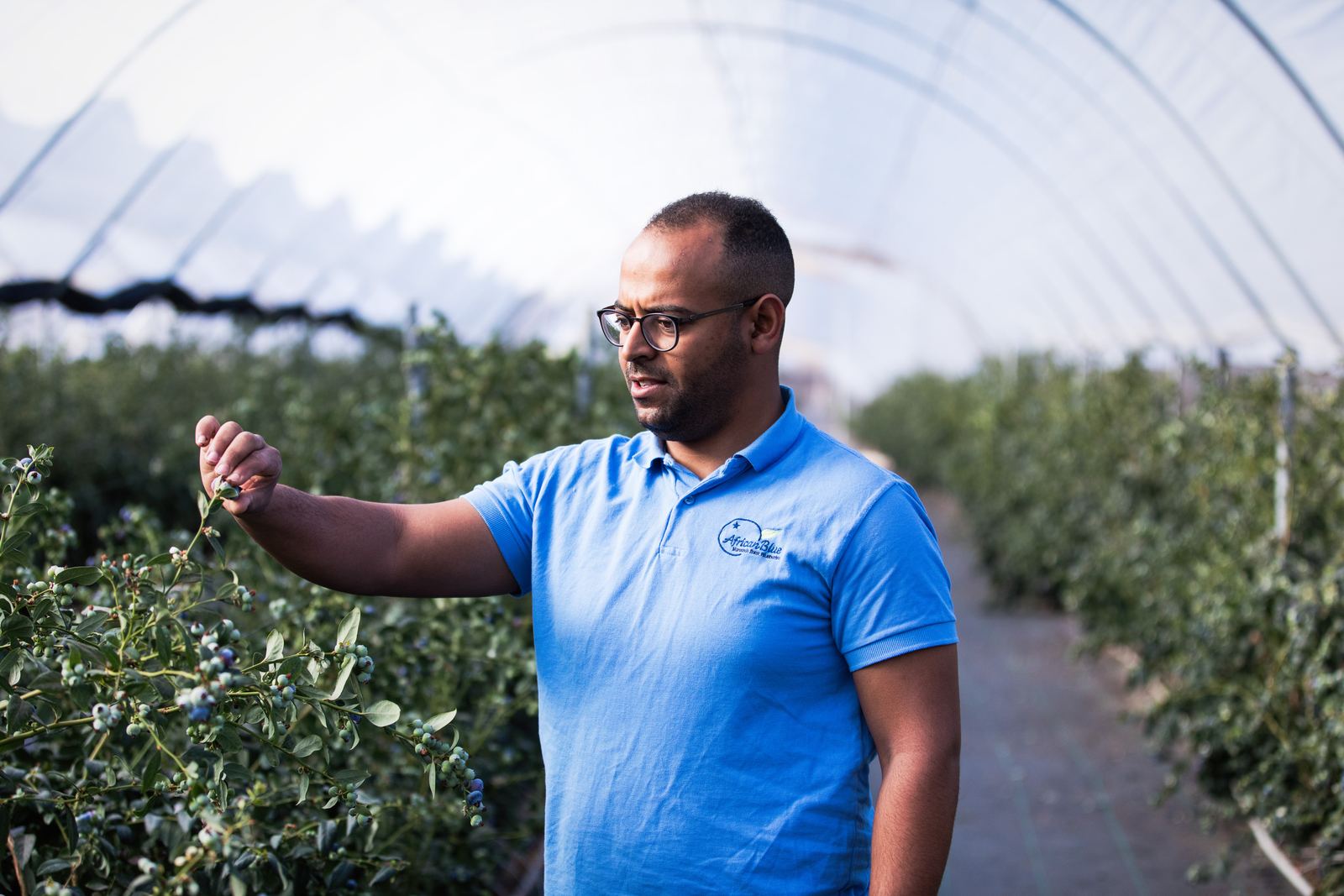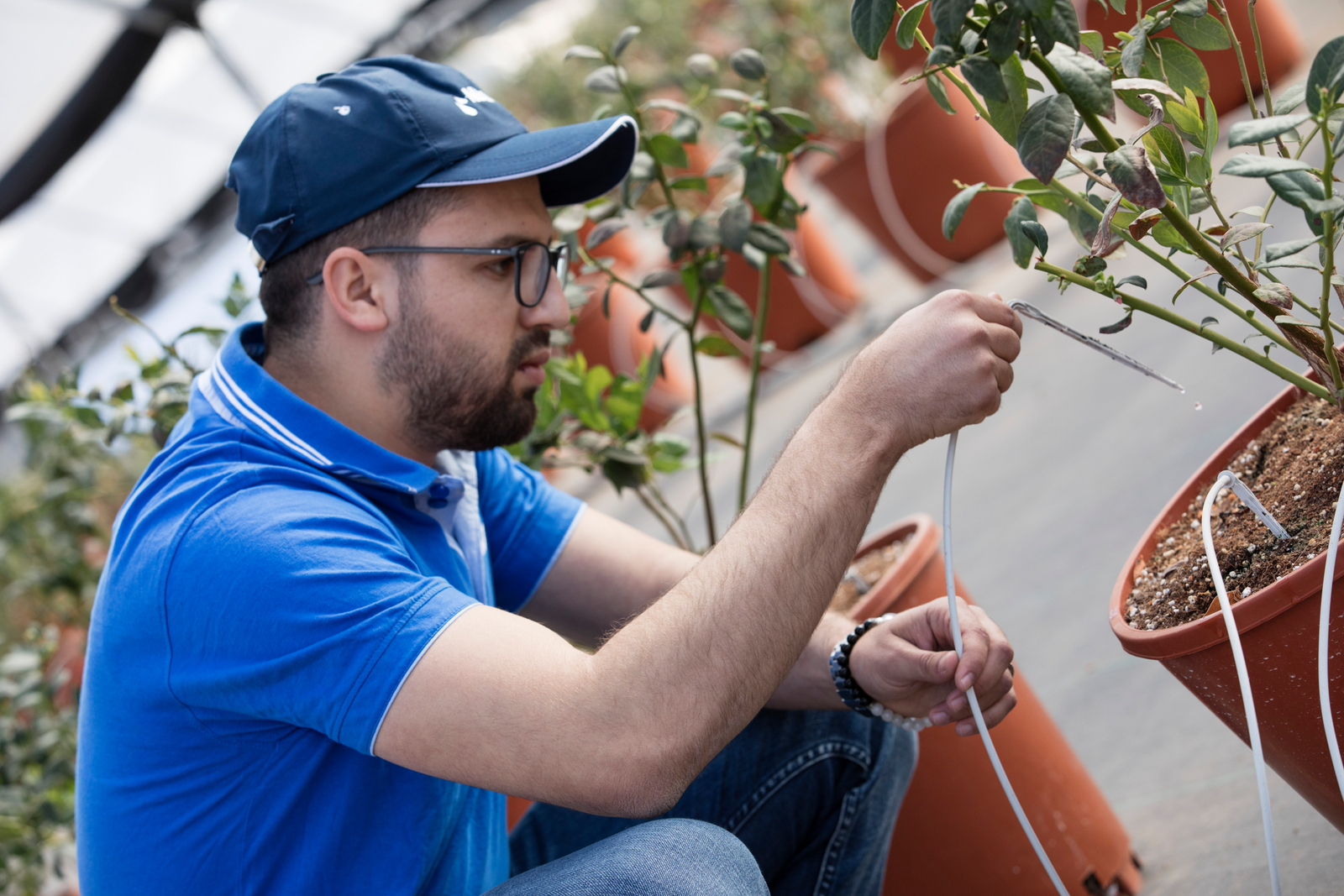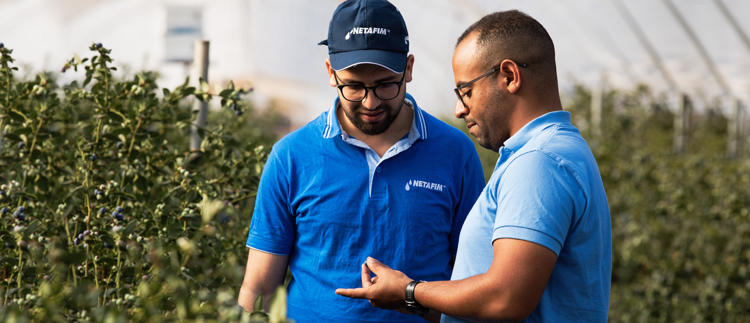The Hottest Trend: Soilless Cultivation of Blueberries
Today, soil-based agriculture faces a lot of challenges – land and water scarcity, climate change, rising costs of agribusiness (e.g. fertilizers, fuel, pesticides), soil depletion, and degradation from over-farming. These challenges have led to the invention of soilless agriculture or hydroponics, which is a method of growing crops without the use of soil.
Growing in a soilless media carries many benefits such as:
- Potentially higher yields
- Crops can be grown where no suitable soil exists or where the soil is contaminated due to disease causing pathogens.
- Labor for tilling, cultivating, fumigating, watering, and other traditional practices is largely eliminated
- More efficient use of water and nutrients, which leads to significant costs reduction and also to a reduction in pollution of land and streams.
- And much more!
Yet, as soilless media has a significantly lower buffering capacity compared to soil, so there is no room for error or compromise. Growers who wish to maximize the benefits of growing in soilless media must be equipped with the superior knowledge and irrigation & fertigation systems.

Global demand for "superfood" blueberry is growing
Hailed as a superfood, blueberries have become a hit with consumers' throughout the developed world. The global blueberry market is forecasted to reach USD 4.5 billion by 2024 growing at a CAGR of 6.7% during the forecast period (2019-2024).
Soilless cultivation of blueberries gaining popularity
While the global demand for blueberries continues to grow, the supply of blueberries is still limited which is affecting market growth. Growers are looking for ways to meet increasing demand and to tap the economic potential of the blueberry market. Soilless cultivation can solve the obvious shortcomings of traditional soil cultivation, hence there is a strong trend towards growing blueberries in soilless media. Although growing plants in containers using a soilless media is nothing new, growing perennial crops as blueberries in soilless media is still less common.

Looking for ways to do it right
Recognizing this strong trend of moving blueberries into soilless, we understand that the current knowledge to do so is limited. Encouraged by our own experience accumulated over the last 15 years of irrigating blueberries worldwide covering more than 50,000 ha, we have embarked on extensive research studies with world-leading researchers to answer some of the most critical questions regarding blueberry irrigation and fertigation in different types of soilless media.
These research trails over a period of 3-5 years will focus on developing best practices and irrigation and fertigation protocols for blueberries in common soilless substrate. In addition, some of the trials will examine the impact of new technologies and features for substrates agriculture such as: new emitters, new moisture sensor, containers weights and more.

Soilless cultivation of blueberries offers new opportunities
Growing blueberries in soilless media can lead to improvements in fruit size and quality. Growers can benefit from increased yields, cost savings and faster ROI, and more efficient use of available resources.
By combining the benefits of precise supply of water and nutrients via drip technology with optimal controlled environment and soilless cultivation, growers can grow high-quality blueberries even in places which are not native to the fruit.
Organic berries offer greater profitability
Organic blueberries are fast becoming the number one seller in the fresh organic produce section of supermarkets. Market data shows that growers earn up to 100% more from organic berries than from conventional. The higher ROI presents a strong case for adopting protected cropping, substrates and hydroponics in the blueberry industry.
See how Del Toro farms in Mexico is growing blueberries with Netafim's Drip Irrigation technology and vast agricultural and agronomic expertise.
